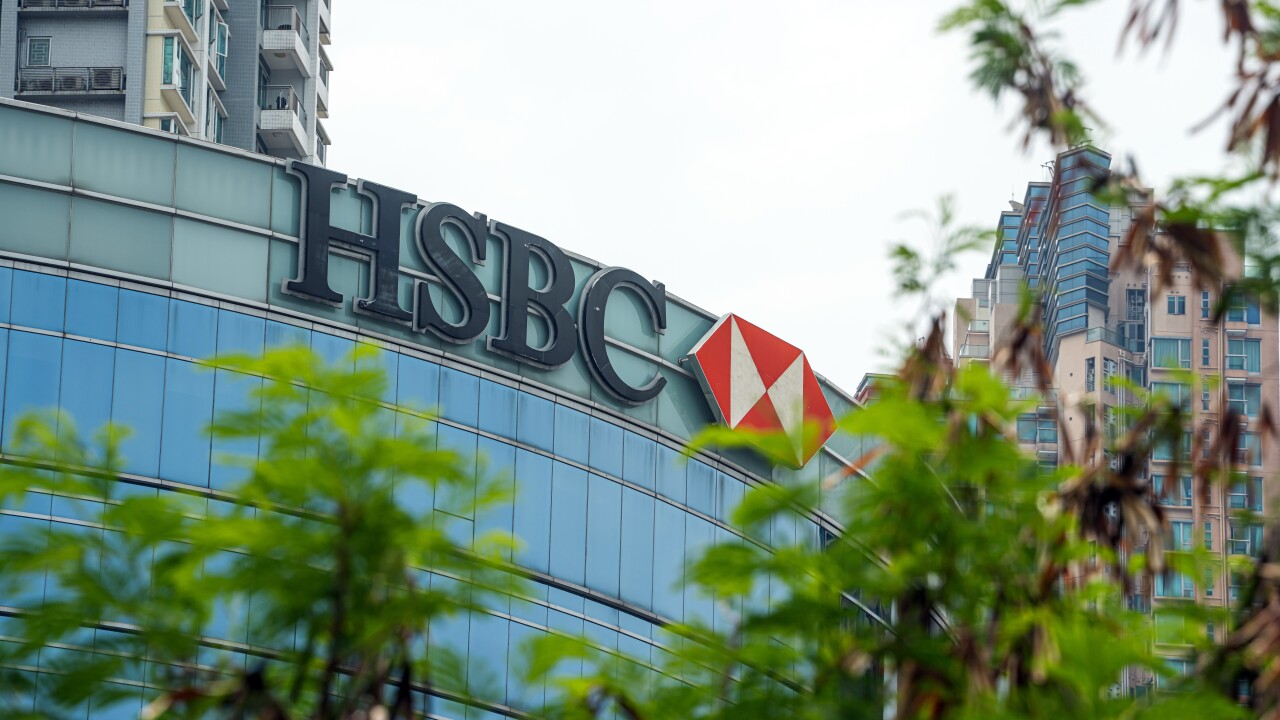-
Executives at a number of midsize institutions were excited about the prospects of booking more commercial loans in 2014.
January 17 -
As more community banks look at working with alternative lenders, they must be mindful of the regulatory and reputational risk that can occur if they make a bad referral.
January 8 -
Mobile banking services hold serious sway over small business owners, according to a new study.
January 7
Community banks have been the major drivers of a Treasury Department program that lets states design
Community banks originated about 60% of the $1.5 billion of loans issued through the State Small Business Credit Initiative, or SSBCI, the Treasury said in a
The $335 million-asset Pacific Enterprise Bank in Irvine, Calif., made $33.3 million in loans through the program, the second-highest total. The $3.5 billion-asset Amarillo National Bancorp in Texas ranked third, with $30.7 million in loans, and the $1.8 billion-asset NewBridge Bancorp in Greensboro, N.C., was fourth, with $29 million worth of loans.
In total, six of the 15 most active participants in the program were companies with less than $5 billion of assets, according to the report.
While there are no restrictions on the size of banks that can participate in the program, Wells Fargo (WFC), Fifth Third (FITB) and Huntington were the only banks with more than $50 billion of assets among the top participants in the program.
The flexibility of the SSBCI each state creates its own own small-business funding model may make it a better fit for community banks. National banks often have standardized loan-approval processes that make it trickier to issue loans to smaller, younger companies with less traditional credit profiles, says Cliff Kellogg, the director of the program.
"For community banks, the loan-by-loan structure works, when you may have a borrower with an uneven credit history or unusual collateral," Kellogg says.
The SSBCI was created by the Jobs Act of 2010, an initiative widely aimed at spurring small-business lending through public-private loan programs. It differs from the Small Business Administration and other federally backed loan programs in that it makes each state responsible for designing and implementing its own funding model.
"The SBA is a very strong program, and this program works when it complements what the SBA can do," Kellogg says. "There are some loans that just don't meet the guidelines for SBA, loans that need credit support but don't justify the cost of a typical government guarantee."
The SSBCI allows states to choose between four basic types of public-private lending models: loan-participation programs, in which the state makes a loan directly or purchases part of a loan; loan-guarantee programs, in which the state guarantees part of a loan loss; collateral support, in which the state pledges cash to back collateral that doesn't meet a lender's requirements; capital-access programs, in which the state contributes to a lender's loss reserve fund; and venture capital.
The program has particularly encouraged loans to younger companies and startups and has had a strong impact in less-affluent areas, Kellogg says. The average loan size was $319,000, and 42% of loans through the program were made in low- to moderate-income regions, as of the end of 2012, the most recent data available. Community development financial institutions were especially active in these areas, originating 66% of loans by dollar value.





